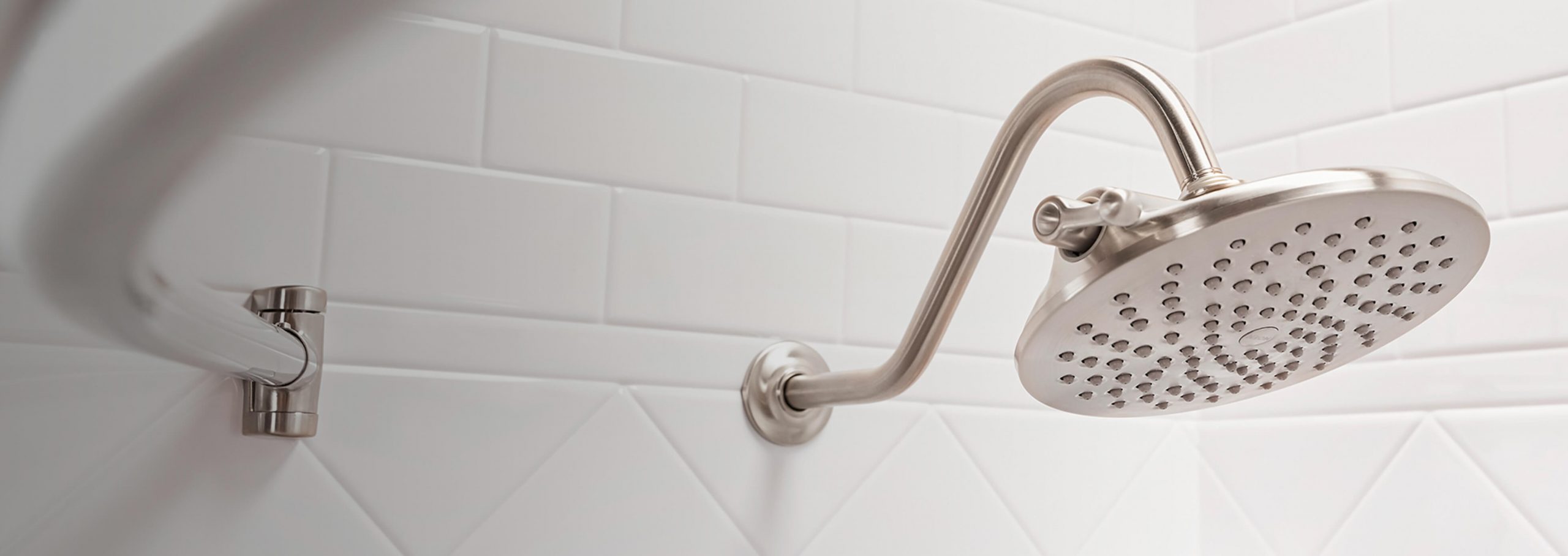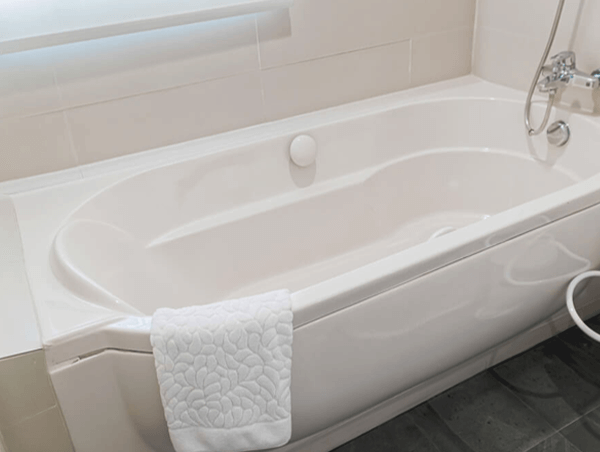5 Acrylic Shower Room Troubles and Solutions
5 Acrylic Shower Room Troubles and Solutions
Blog Article
{This Site We've discovered this great article involving Finding the Right Plumbing Expert below on the internet and believe it made sense to relate it with you over here. We recommend that you clean your acrylic bathing product made of Delta ProCrylic or Acrylic with Innovex Technology with non-abrasive soaps and cleaners, such as: When it’s time to clean, always use a terry cloth towel, soft cloth or sponge to avoid scratching the acrylic surface. Don’t use abrasive scrubbing pads, steel wool or sponges, cause permanent damage to the acrylic material. If you use a drain cleaner or clog remover, be sure to rinse thoroughly with water so no product is left standing near the drain. Some chemicals and cleaners may deteriorate acrylic surfaces, causing cracks and, potentially, property damage. To avoid this, don’t use cleaning products that state on their label that they are not suitable for use on Acrylic, ABS, Polystyrene or Plastic. Be sure to check the label of any product before you apply it to the surface; it’s easier to avoid damage than to try to remedy it. Chemicals we do not recommend using to clean acrylic showers/tubs: When you’re ready to apply sealant, a little planning goes a long way. Pick up some painter’s tape and use it to mask off the seam to help make cleaning up easier. When you’re applying the bead, use a constant, steady speed to avoid an uneven finish. Use a caulk tool or a plastic spoon to work the sealant into the joint. Wetting the tool with denatured alcohol will help create a smooth finish. Follow the directions on the back of the tube for cure time. Certain chemicals and cleaners may deteriorate acrylic surfaces, causing cracks and, potentially, property damage. After you’re finished applying it, clean up the product surface and remove any excess sealant with denatured alcohol. Don’t use solvents (turpentine, lacquer thinner, mineral spirits, paint thinner, MEK, xylene, acetone, naphtha, etc.) that can wreak havoc on an acrylic surface. With a little care and consideration, you can prevent damage to your acrylic shower or tub. Keep a supply of soft cloths handy and remove any damaging products or abrasive scrubbing items from the bathroom to ensure they aren’t around when it’s time to clean. https://www.deltafaucet.com/design-innovation/inspiredliving/how-to-clean-acrylic-shower As a fervent reader about Hiring a Plumbing Expert, I assumed sharing that article post was worth the trouble. Liked our blog? Please share it. Help somebody else locate it. We take joy in reading our article about Hiring a Plumbing Company.
Polymer bathrooms, shower trays, and also other acrylic bathroom ware have actually become extra common in washrooms in recent times. Thanks to modern chemistry we now have choices to enamel as well as ceramic materials for restroom components. These consist of plastic materials and also various polers. Though not as long lasting and also elegant as enamel and also porcelain bathrooms as well as components, they are a lot more budget friendly and also offer practically the exact same fundamental purpose. These materials are simple to produce, store, as well as transport and also in the incidence of damage, they are conveniently fixed. Some usual instances of damages to acrylic restroom fixtures include discoloration, splits, holes, and so on. Allow's have a look at a few of these problems as well as quick ways of fixing them.Scratched shower or bathroom surface area
Polymer bathroom fixtures are not abrasion-resistant like enamel ranges. Being an extremely soft product, acrylic scrapes can also be concealed without covering or dental filling. For these, you should seek professional help for your bathroom repair services.Chain reaction
In some cases, individuals try to paint the entire surface of their acrylic bath by themselves either because they do not such as the color to conceal acnes. You ought to never ever use paint eliminator on acrylic bathrooms. Paint removers do not react with the surface of metal bathrooms, they damage acrylic baths irreversibly.Bath Staining
With prolonged use of acrylic baths comes discoloration or discoloration. While some spots can be gotten rid of conveniently, using unique chemicals, others call for that the bath be resprayed. It is essential to note that bleach or detergents do really little in removing such discoloration and they may also worsen it. The majority of times, these cleansing agents cause discoloration over time. Aromatherapy oils loosen the dirt sometimes thereby recovering the bathroom to its previous magnificence. Cleaning and also brightening also in some cases. For more persistent discolorations, you will certainly require a new layer of finish. This type of taking care of will certainly require a specialist.Cracked Acrylic Baths
The lifespan of acrylic as well as fiberglass baths depends on 15-20 years for shower frying pans and bathrooms, normally. Splits in an acrylic shower tray are most likely among the simplest issues to fix for a repair service expert. The very best component is you get to see the results practically right away. This is the same for PVC, resin, and various other such materials. A min crack should be addressed in a timely manner before it spreads more leading to extra extreme damage. While these can be chosen a budget plan tackily, a professional can help you get it performed with more finesse for a cost. Quick house solutions can be finished with epoxy materials yet if the result ends up inadequately, this would certainly make the repair service more difficult for a professional.
Polymer bathrooms, shower trays, as well as other acrylic shower room ware have ended up being extra common in bathrooms in recent times. You must never make use of paint cleaner on acrylic bathrooms. Paint cleaners do not react with the surface of metal baths, they ruin acrylic bathrooms irreversibly. With extended usage of acrylic bathrooms comes discoloration or staining. The life expectancy of acrylic and also fiberglass baths is up to 15-20 years for shower pans and also bathrooms, usually.How to clean Acrylic shower
USE THESE NON-ABRASIVE CLEANERS
DO NOT USE THESE CLEANERS
Sealant Application Tips

Schedule A Service Call